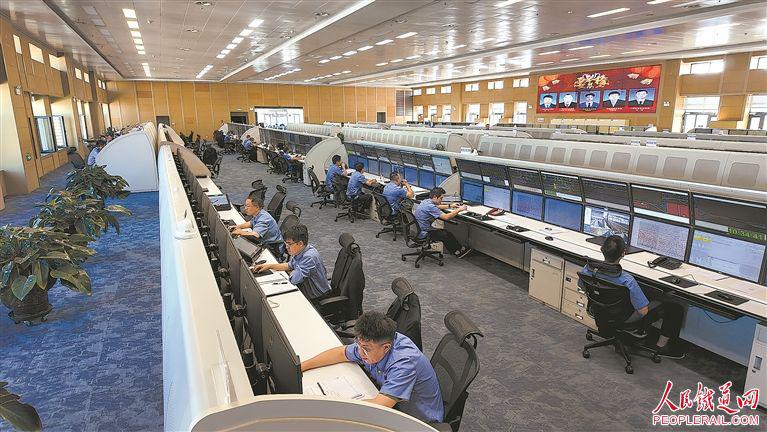
In early autumn, the railways across the vast land north and south of the Tianshan Mountains are bustling with activity: newly harvested grain, bundled cotton from the fields and coal from deep mines are gathered and transshipped at freight hubs for rapid dispatch; "iron camel caravans" fully loaded with containers depart from Horgos Port and Alataw Pass bound for Central Asia and Europe. Freight volume has surged from 2.34 million tons in 1958 to 237 million tons in 2024; daily loading capacity has increased from 3,000 wagons in 2012 to 12,000 wagons today. On this vast land, the railway network is becoming ever denser, and freight volumes are repeatedly setting new records. Behind this is a transport organization system that ensures the safe, orderly and efficient operation of thousands of trains. From dispatching centers of CR-regional groups to operation desks at grassroots stations, from precise transport scheduling to intelligent safety management, Xinjiang's railways are now interconnected through one network linking large and small screens, constantly improving transport efficiency and providing inexhaustible momentum for economic and social development.
 附件:
附件: